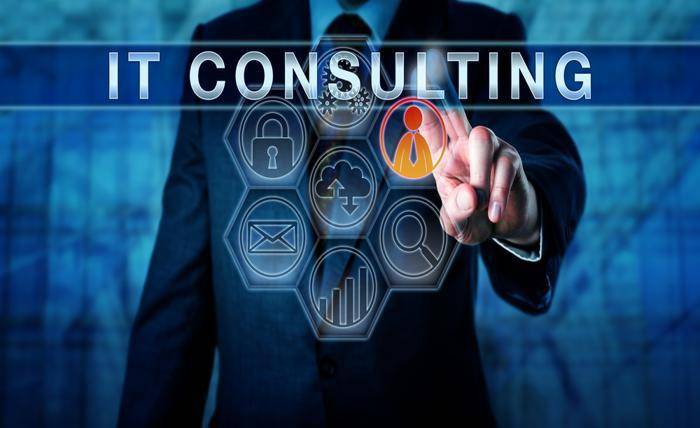As a member of the current workforce demographic, what are the most dramatic and sudden transformations that you have witnessed as of late? It is, without a doubt, the shift to remote and hybrid work systems.
Organizations that have adopted this innovative work landscape have uncovered unprecedented flexibility and access to improved talent. Yet, the rising challenges cannot be easily tamed, especially in terms of productivity and alignment of the distributed workforce.
As a solution to effectively manage this crisis, employee remote monitoring software offered what organizations have been searching for. But here’s the dilemma: despite the tool proving to be empowering and improving remote employee management, doesn’t it build digital micromanagement that might gradually create a sense of mistrust in the work culture?
That is the thin line that distinguishes effective oversight and virtual babysitting, yet it has a massive impact on work culture, trust, and performance.
Surveillance – The pitfalls of “virtual babysitting”
span style="font-weight: 400;">Imagine your little child in a day school, out of sight, and you get the constant urge to check up on them! This is a similar anxiety that managers often go through, manifesting a surveillance-first approach, which can look like:
- Activity monitoring over outcome measurement: Activities, such as tracking keystrokes, mouse movements, or random screenshots, are often enabled, disguised as tools to measure productivity. However, such monitoring events provide no significant value or quality that might add to creative problem-solving.
- The fixation on “green dot”: Is it necessary for managers to be fixated on seeing employees constantly appearing “active” or “available” on chat platforms? No. Because, in the true sense, meaningful work often requires a heads-down focused timeframe when employees go offline.
- Constant digital check-ins: Requiring employees to log every task or explain breaks. This scrutiny not only patronizes employees but also underestimates their working potential and time management ability.
This type of monitoring employees is not effective management, but virtual babysitting. Excessive digital monitoring decreases trust, increases stress, and reduces engagement. Harvard Business Review states that workers who feel constantly surveilled are more likely to consider leaving their jobs. Plus, high performers, in particular, prefer to work for those who recognize and appreciate their work, rather than tracking every minute of activity.
The empowerment model: Using monitoring for improvement, not control
eight: 400;">Considering the negative perception of monitoring in general, leading organizations are now reframing employee monitoring as a tool for support, empowerment, and alignment, not as surveillance. The new intent behind this new strategy isn’t to watch employees 24/7, but to ensure clarity, remove bottlenecks, and enable peak performance.Essential characteristics of effective monitoring include:
- Prioritizing outputs, not inputs: The core principle is simple: trust employees to manage their time as long as they deliver results. Productivity metrics should emphasize project completion within the set deadline, quality, and impact, rather than measuring how long someone is active.
- Project alignment and resource management: Most monitoring tools can be integrated with project management platforms (like Jira, Asana, or Trello) to seamlessly sync data and visualize timelines, identify bottlenecks, and allocate resources more effectively. It provides the much-needed visibility for optimal decision-making, not surveillance for control.
- Data as a support tool: Invaluable data should be used as a supportive tool, not a disciplinary one. For example, if a project is incomplete before the deadline, the manager should instead ask: “What’s blocking the progress? Is additional support needed?” A way better response than accusing the employee of slacking.
- Enhancing autonomy and self-awareness: Modern monitoring solutions, such as Insightful.io, enable employees to self-assess their own work patterns. This empowers them to stay away from distractions, improve focus, and create a healthier work-life balance, leveraging monitoring data into a self-development tool rather than a control mechanism.
Best practices: Building trust and accountability without micromanagement
00;">Successful businesses didn’t reach their goal by accident. They followed a result-driven strategy, requiring leaders to be precisely intentional about how monitoring fits into their business workflow. Here are some proven practices:- Define clear and attainable goals: Curate frameworks like Objectives and Key Results (OKRs) to ensure that every role has measurable, transparent outcomes. When “what needs to be done and achieved” is clear, you don’t need to look over employees’ shoulders constantly to ensure progress. They become accountable for their work.
- Be transparent about tools: Voluntarily inform the stakeholders of any employee remote monitoring software in force. Explain why it is implemented, what is being monitored, when, and how the data will (and won’t) be used. It is also wise to provide them with necessary access to their own data dashboards. This further creates transparency and builds trust.
- Prioritize relationships over digital presence: Instead of monitoring the green dot, divert the focus to creating structured, meaningful communications. Hold weekly one-on-one interactions, regular team check-ins, and even virtual social moments to build a more accurate sense of engagement than tracking activity logs.
- Train managers for a remote-first mechanism: Many leaders are comfortable with office-centric environments. But with a distributed workforce, they need to learn new skills and get hands-on with modern tools. So, invest wisely in this training; it will repay with enhanced performance.
- Balance security with privacy: Privacy is a basic human right. That is why monitoring activities must also adhere to local labor laws and ethical standards. Respect personal boundaries by avoiding surveillance of private devices or during off-hours. This also improves overall security.
- Use data to spot trends, not police individuals: Aggregated data reveals workflow inefficiencies or systemic bottlenecks. This focused data analysis is at a collective level, not as a magnifying glass on individual activity.
Summing up>Summing up
critical question isn’t whether complete visibility into the remote workforce is essential; it’s more about how you gain it. If you’re focusing on green dots at dashboards and tracking mouse movements, you’re not managing; you’re babysitting. And that will turn over both trust and talent.The alternative? Use monitoring tools to promote a resilient, accountable, efficient, and high-performing work culture. At the end of the day, the most effective employee monitoring system should be empowering, not surveillance.






